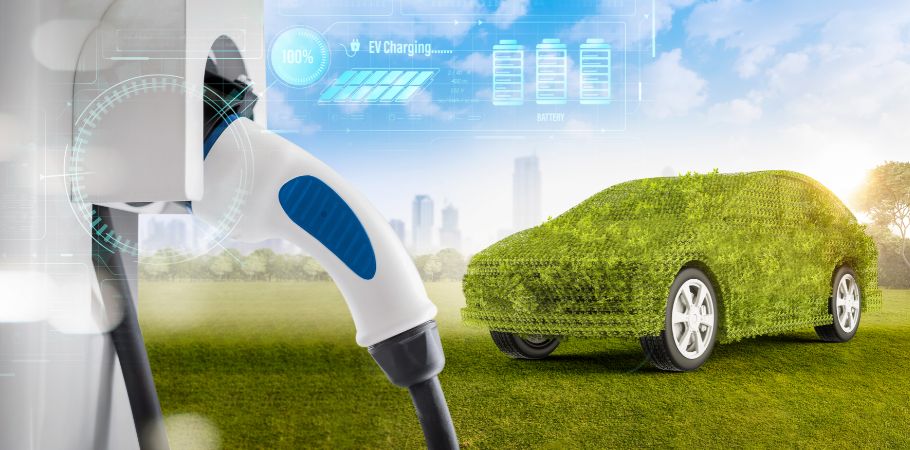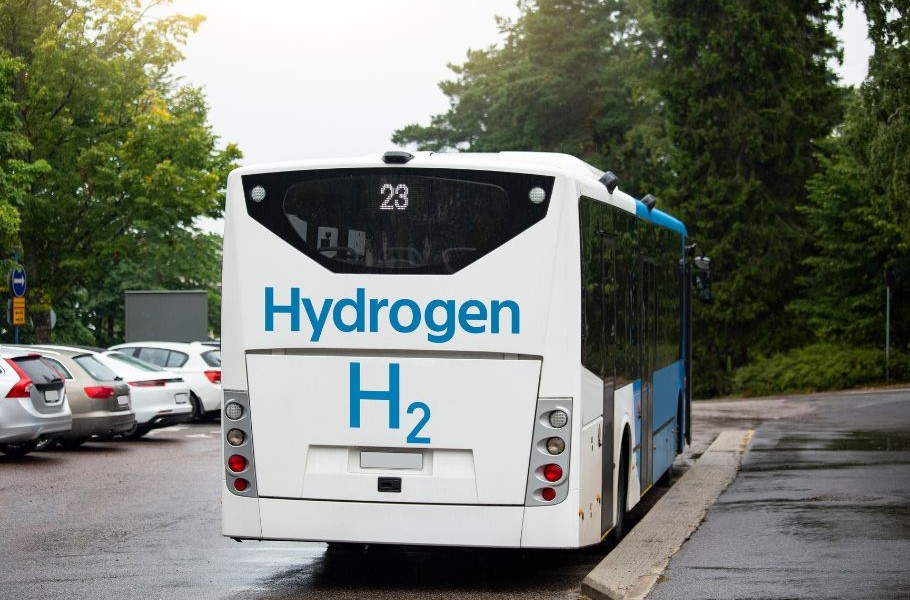
The green transportation sector is undergoing a revolutionary transformation to combat climate change. Electric and hydrogen-powered vehicles are at the forefront of this green transportation wave, offering sustainable alternatives to traditional fossil fuel-powered cars. This article explores the future of electric and hydrogen vehicles, their benefits, and how they are shaping the future of transportation.
What is Green Transportation?
Green transportation refers to means of transport that minimize environmental impact, primarily through reduced emissions and energy consumption. Electric vehicles (EVs) and hydrogen vehicles (HVs) are two leading the way. Both offer promising solutions to reduce carbon footprints and address climate change.
The Rise of Electric Vehicles (EVs)
Electric vehicles (EVs) have rapidly gained popularity in recent years. According to Statista, the electric vehicle market is projected to exhibit a consistent annual growth rate (CAGR) of 9.82% from 2024 to 2028. Here are some key reasons why EVs are considered the future of transportation:
1. Zero Emissions:
Unlike internal combustion engine vehicles, EVs produce zero tailpipe emissions, significantly reducing air pollution and greenhouse gas emissions.
2. Cost-Effective:
Although the initial purchase price of EVs can be higher, they have lower operating and maintenance costs. Electric motors have fewer moving parts than traditional engines, leading to reduced maintenance expenses.
3. Energy Efficiency:
EVs convert over 77% of the electrical energy from the grid to power at the wheels, compared to conventional gasoline vehicles, which only convert about 12%-30% of the energy stored in gasoline.
4. Technological Advancements:
Continuous improvements in battery technology are extending the driving range of EVs and reducing charging times, making them more convenient for everyday use.
5. Government Incentives:
Many governments worldwide offer incentives such as tax credits, rebates, and grants to promote the adoption of EVs, making them more accessible to consumers.

The Promise of Hydrogen Vehicles
Hydrogen-powered vehicles, also known as fuel cell vehicles (FCVs), represent another promising solution for green transportation. Here’s why hydrogen vehicles are gaining traction:
1. Zero Emissions:
Fuel Cell Electric Vehicles (FCEVs) generate electricity using hydrogen and emit only water vapor, making them a promising zero-emission alternative for road transport.
2. Quick Refueling:
Hydrogen refueling takes just a few minutes, similar to refueling a gasoline car, offering a significant advantage over the longer charging times of EVs.
3. Long Driving Range:
Hydrogen vehicles can travel longer distances on a single refueling compared to many EVs, making them suitable for long-haul transportation and commercial use.
4. Abundant Resource:
Hydrogen is the most abundant element in the universe and can be produced from various sources, including water and natural gas, through processes like electrolysis and steam methane reforming.
5. Energy Storage:
Hydrogen can be stored and transported in large quantities, providing a solution for energy storage and grid stability, especially when generated from renewable sources like solar and wind.

Challenges and the Road Ahead
While both electric and hydrogen vehicles offer significant benefits, they also face challenges that need to be addressed for widespread adoption:
1. Infrastructure Development:
Expanding the charging and refueling infrastructure is crucial for the mass adoption of EVs and FCVs. Investments in charging stations and hydrogen refueling stations are essential to support the growing number of green vehicles on the road.
2. Battery and Fuel Cell Technology:
Continued research and development are needed to improve battery life, energy density, and reduce the cost of production for both EVs and FCVs.
3. Renewable Energy Integration:
To maximize environmental benefits, the electricity and hydrogen used to power these vehicles should come from renewable energy sources. This requires a concerted effort to transition from fossil fuels to clean energy.
Conclusion
The future of green transportation with electric and hydrogen vehicles is leading the charge. As technology continues to advance and infrastructure expands, these sustainable alternatives will play a crucial role in reducing our carbon footprint and combating climate change. Embracing green transportation is not just an option; it’s a necessity for a sustainable future.


